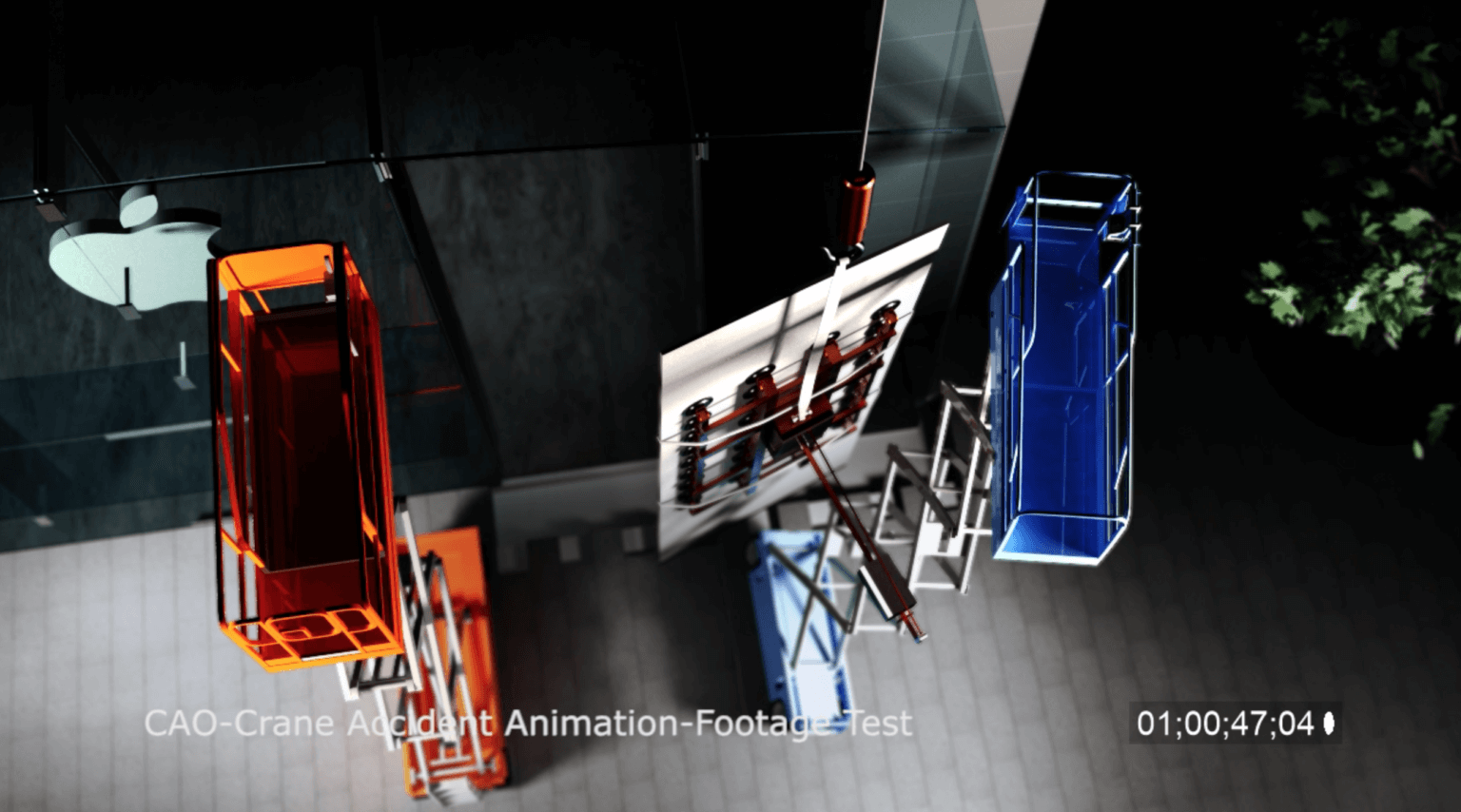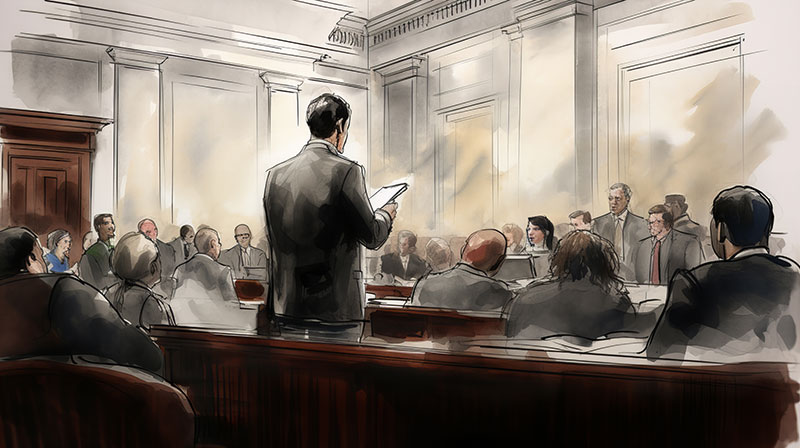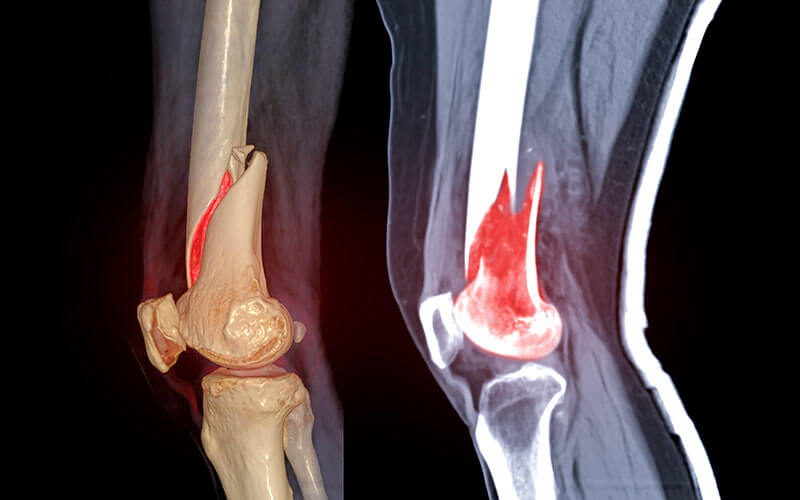Forensic Animation
This enables Japanese animators to incorporate greater intricacy in their drawings, as it necessitates a smaller number of images. Furthermore, this attribute grants anime a unique sense of motion. Naturally, there are instances that deviate from this principle: certain animated content from the United States adheres to a three-frame pattern, while specific anime productions follow a two-frame or even one-frame rhythm.
Computer-generated animation has the ability to capture intricate details through the implementation of three-dimensional visuals. On the other hand, two-dimensional computer animation, which can emulate the appearance of traditional animation, is often employed for aesthetic purposes, conserving bandwidth, or achieving quicker real-time renderings. Additionally, various conventional animation techniques involve stop motion methodologies wherein objects crafted from paper cutouts, puppets, or clay figures are utilized in two- and three-dimensional forms.
The progress of computer animation has been a gradual process that began in the 1940s. The emergence of 3D wireframe animation gained popularity in the mainstream during the 1970s, making an early and brief appearance in the science fiction film Futureworld (1976).


